One of the most striking elements of playing through Breath of the Wild was the way that I was constantly presented with grand vistas and natural scenery that reminded me time and time again of some of the great works of 19th century painting. So in this thread I'd like to compare BoTW to several schools of landscape and impressionist painting and see where the team at Nintendo drew their influences from.
Romantic Painting
Romantic thought was obsessed with the idea of the sublime, of being in the presence of some form of greatness or beauty that is incomprehensibly large or profound beyond human comprehension. The sublime encompasses everything from the inherent, albeit indescribable beauty of a flower to the terrifying power of a thunderstorm rolling through a valley, or to the view from a mountaintop in which there is more than can be noticed at once. We can find all of these in Zelda, but most obviously the final one, perceiving the world of Hyrule's immense size. Other examples of games that do a good job of capturing the sublime include Horizon, all of Ueda's games, and, at times, Minecraft. There are three schools of Romantic painting that I'll be pointing out, the Hudson River School, the Luminists, and European Romanticism.
The Hudson River School/Rocky Mountain School created highly detailed landscape paintings of largely imaginary places, creating an idealized sense of the American frontier as a land to be conquered through Manifest Destiny. Their works are large and painstakingly detailed, down to individual leaves on huge canvases, making their work more similar to Horizon's fantastic IQ, but you can definitely see similar landscapes in Zelda too.
Luminism took a similar approach, but focused on capturing the effects of sunlight in paint, often leading to a stunningly bright, washed out palette. This is one source of inspiration, alongside a similar use of color in French Impressionism, that led to BoTW's harsh sunlight. While I definitely agree that there are times when the colors become so washed out that it's hard to see what you're doing, I'm personally not a fan of the color corrections some people have posted because it loses this type of light altogether.
The final major romantic influence came in through European Romantic painters, most obviously Caspar David Friedrich's Wanderer Above the Sea of Fog, which Zelda pretty directly references with its title sequence.
French Impressionism
French Impressionism is the source for many elements of BoTW's visual style and symbolic references. This comes as no surprise given the long relationship between Japan and French Impressionism, starting with the French painters developing much of their composition from Japanese wood-block prints and in the 1980s with Japanese investors buying up all the Monets and Renoirs they could get their hands on and dramatically increasing the price of art at auction since. Breath of the Wild is not the first Zelda game to take cues from the Impressionists, but it does so in a way that not only effects the look of the game, but the feel. Skyward Sword's impressionist filter is the best part of that game's visuals, by essentially painting far away objects with broad brushstrokes, but due to the game's vibrant colors and the way the sky came off as a different watercolor style, it didn't hit as well as it could.
Similarly were both the worlds of 1870s Paris and Hyrule cleaning up after tumultous times. The revolutions in the streets of Paris, combined with the Franco-Prussian war in 1870-1871, required a complete reconstruction of the city with wider streets, public parks, and railroad stations. Paris was a now a city that ran on two connected technologies, that of timekeeping which threatened to reduce daily life to mechanical tedium and steam engines which were noisy and filled districts with plumes of smoke and steam. What happened in Hyrule is essentially what many late 19th century Parisians were afraid of, that emerging technologies would end up doing more harm than good, that the smoke would billow out beyond the train stations and infect everyday life.
Did I miss anything? Are there other games that draw as much influence from Impressionism and Romanticism, or other artistic movements?
Edit. Whoops, title is meant to be Zelda, Plein Air, and the Sublime: The Influence of 19th c. Painting on BoTW [56K!], sorry about that...
Romantic Painting
Romantic thought was obsessed with the idea of the sublime, of being in the presence of some form of greatness or beauty that is incomprehensibly large or profound beyond human comprehension. The sublime encompasses everything from the inherent, albeit indescribable beauty of a flower to the terrifying power of a thunderstorm rolling through a valley, or to the view from a mountaintop in which there is more than can be noticed at once. We can find all of these in Zelda, but most obviously the final one, perceiving the world of Hyrule's immense size. Other examples of games that do a good job of capturing the sublime include Horizon, all of Ueda's games, and, at times, Minecraft. There are three schools of Romantic painting that I'll be pointing out, the Hudson River School, the Luminists, and European Romanticism.
The Hudson River School/Rocky Mountain School created highly detailed landscape paintings of largely imaginary places, creating an idealized sense of the American frontier as a land to be conquered through Manifest Destiny. Their works are large and painstakingly detailed, down to individual leaves on huge canvases, making their work more similar to Horizon's fantastic IQ, but you can definitely see similar landscapes in Zelda too.
Luminism took a similar approach, but focused on capturing the effects of sunlight in paint, often leading to a stunningly bright, washed out palette. This is one source of inspiration, alongside a similar use of color in French Impressionism, that led to BoTW's harsh sunlight. While I definitely agree that there are times when the colors become so washed out that it's hard to see what you're doing, I'm personally not a fan of the color corrections some people have posted because it loses this type of light altogether.
The final major romantic influence came in through European Romantic painters, most obviously Caspar David Friedrich's Wanderer Above the Sea of Fog, which Zelda pretty directly references with its title sequence.
French Impressionism
French Impressionism is the source for many elements of BoTW's visual style and symbolic references. This comes as no surprise given the long relationship between Japan and French Impressionism, starting with the French painters developing much of their composition from Japanese wood-block prints and in the 1980s with Japanese investors buying up all the Monets and Renoirs they could get their hands on and dramatically increasing the price of art at auction since. Breath of the Wild is not the first Zelda game to take cues from the Impressionists, but it does so in a way that not only effects the look of the game, but the feel. Skyward Sword's impressionist filter is the best part of that game's visuals, by essentially painting far away objects with broad brushstrokes, but due to the game's vibrant colors and the way the sky came off as a different watercolor style, it didn't hit as well as it could.
Breath of the Wild one-ups Skyward Sword by being fascinated with the same phenomena that Monet and company were, such as wind blowing through the grass, the change in sunlight's color and intensity throughout the day, and billowing smoke. What both lack in visual fidelity is made up for in shimmering movements that approximate the feel of being in a dynamic outdoor environment. Nintendo called Breath of the Wild an "open air game", which is both a silly way of not saying open-world and a clear indication of the influence of the Impressionists, who, armed with the first mass produced tubes of paint, were the first to go outside and paint "en plein air", in the open air.
Similarly were both the worlds of 1870s Paris and Hyrule cleaning up after tumultous times. The revolutions in the streets of Paris, combined with the Franco-Prussian war in 1870-1871, required a complete reconstruction of the city with wider streets, public parks, and railroad stations. Paris was a now a city that ran on two connected technologies, that of timekeeping which threatened to reduce daily life to mechanical tedium and steam engines which were noisy and filled districts with plumes of smoke and steam. What happened in Hyrule is essentially what many late 19th century Parisians were afraid of, that emerging technologies would end up doing more harm than good, that the smoke would billow out beyond the train stations and infect everyday life.
Pikango, the travelling painter, is another clue into BoTW's Impressionist influence, as he sets his easel outside a stable and paints away, although his paintings are comically mediocre.
Did I miss anything? Are there other games that draw as much influence from Impressionism and Romanticism, or other artistic movements?
Edit. Whoops, title is meant to be Zelda, Plein Air, and the Sublime: The Influence of 19th c. Painting on BoTW [56K!], sorry about that...




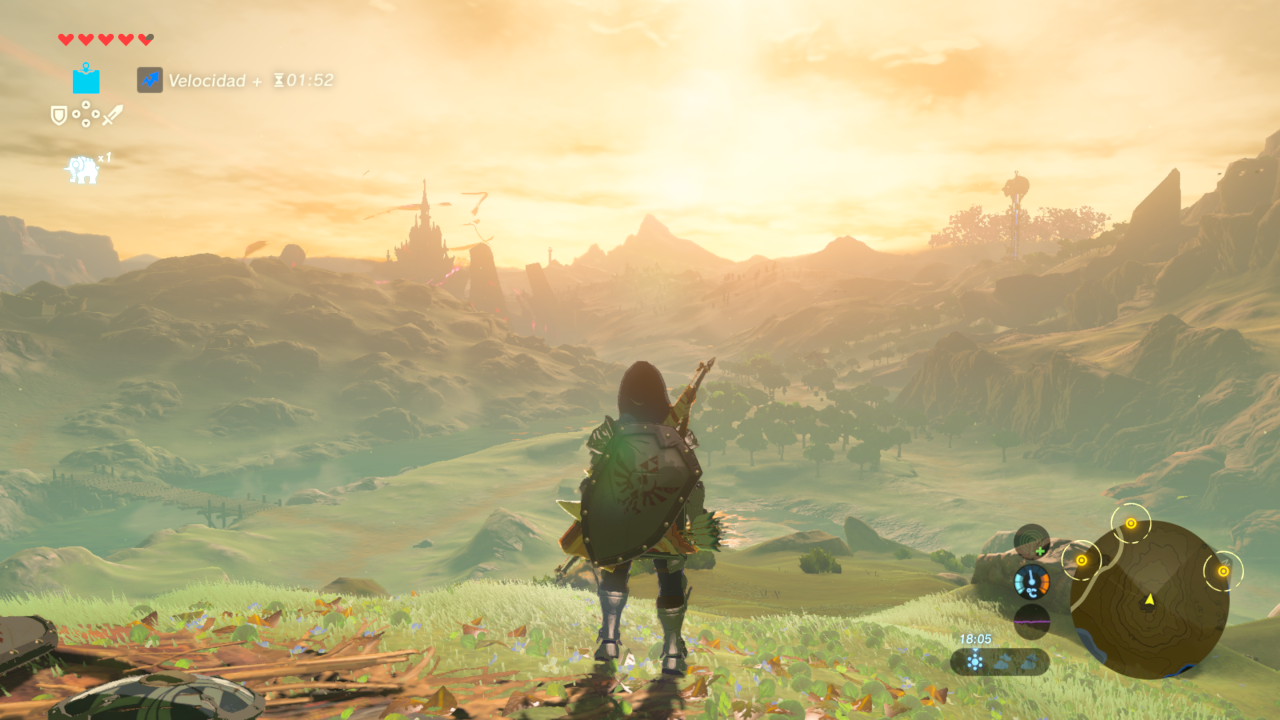





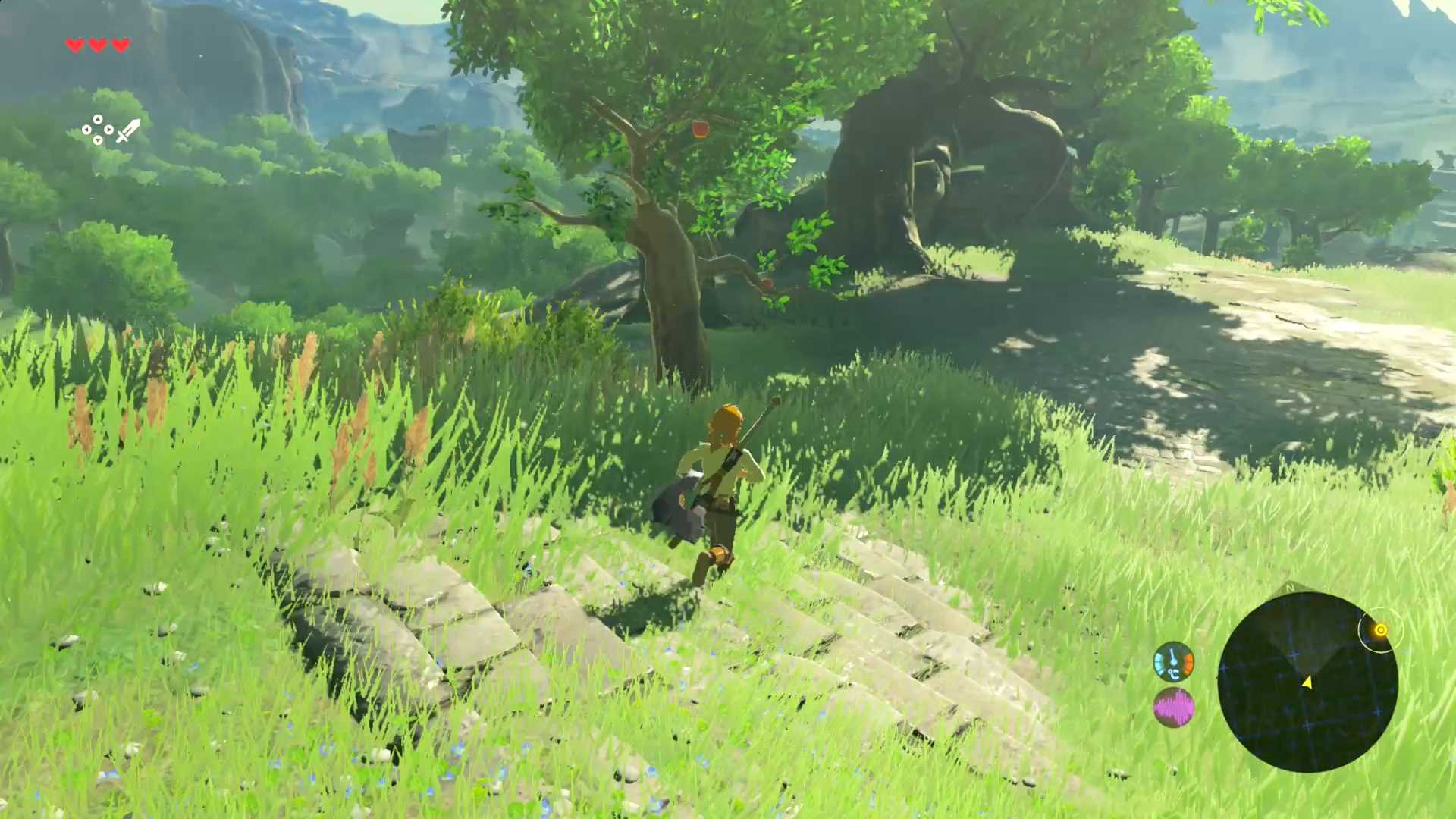
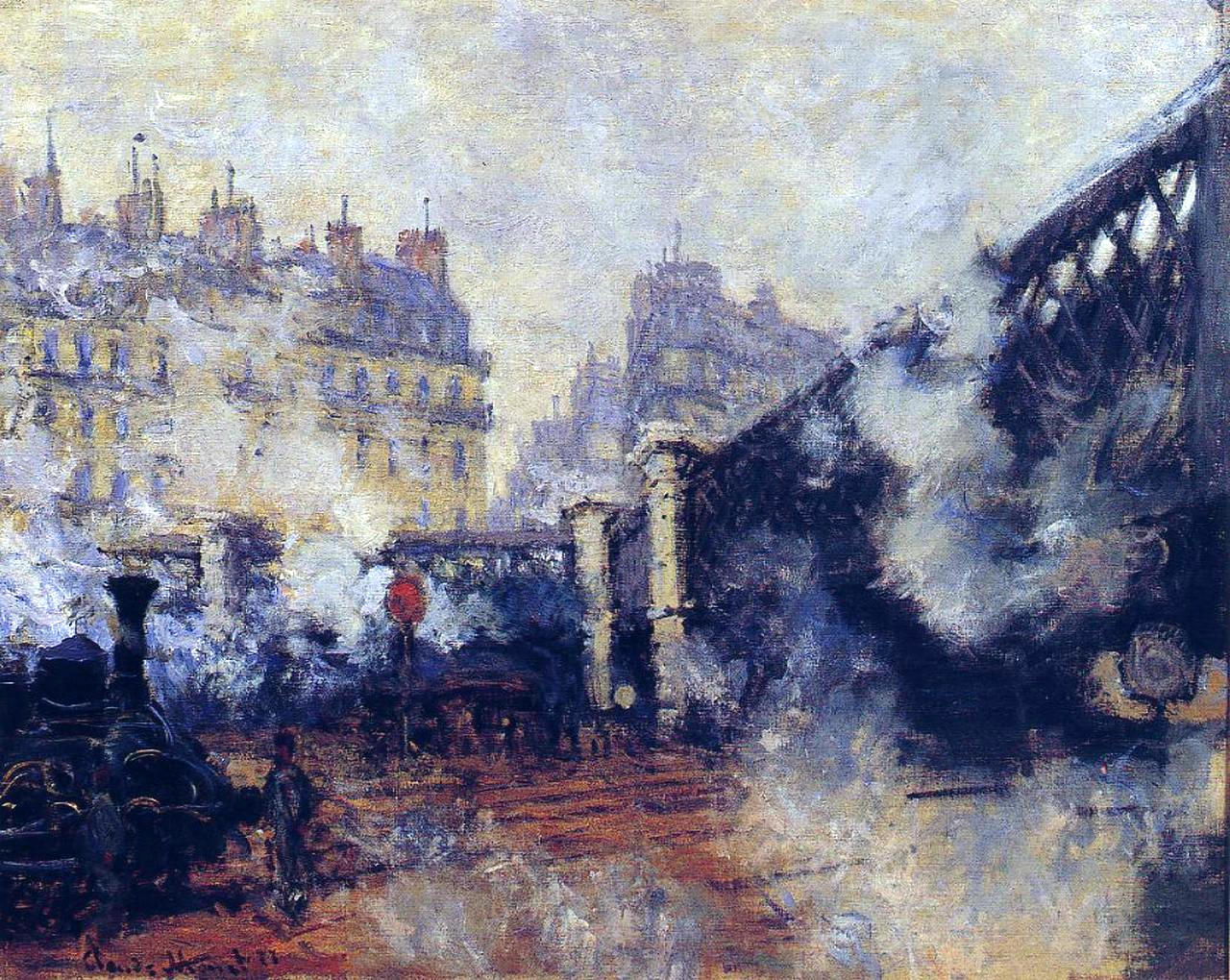
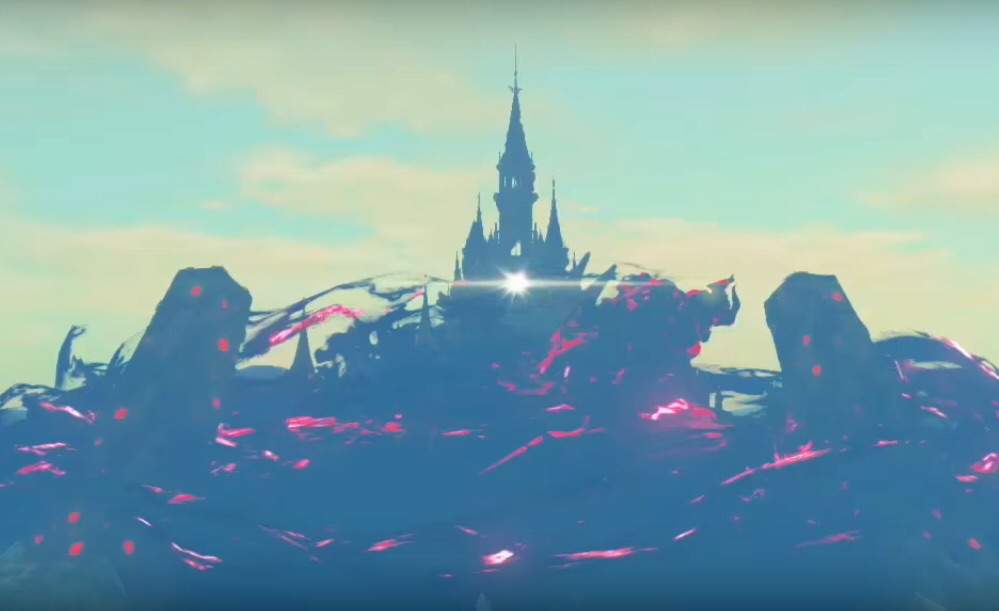






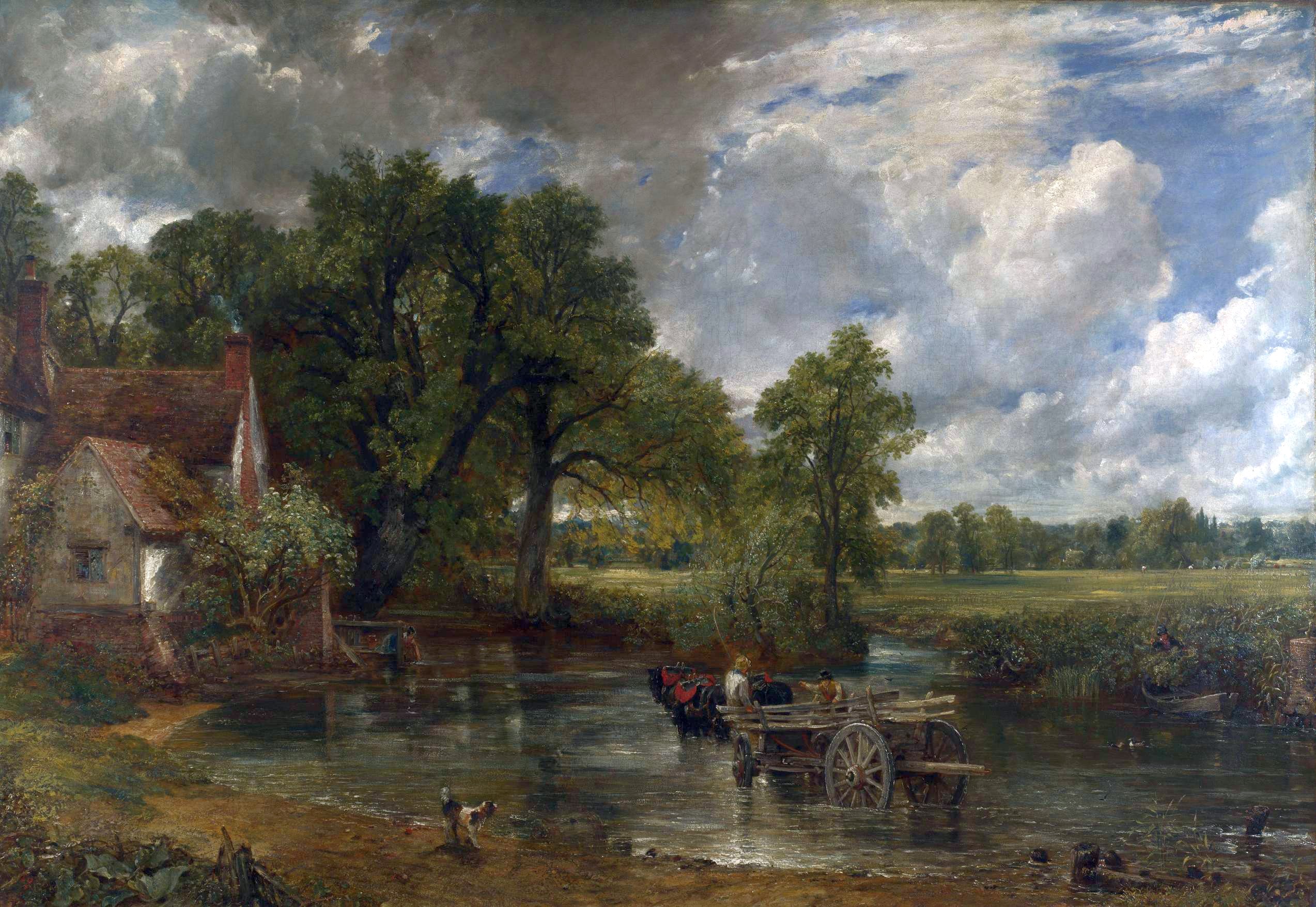


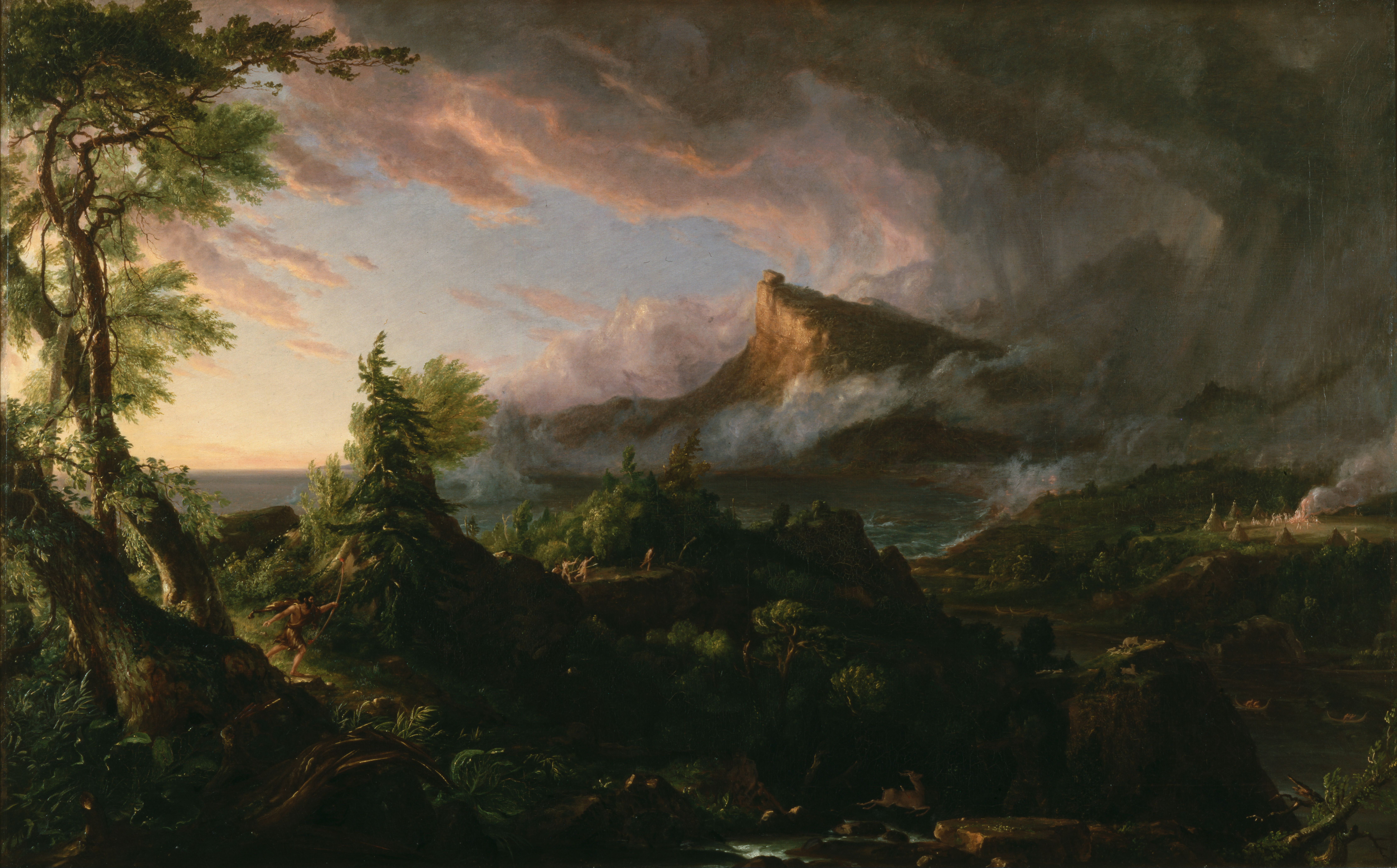







.jpg)